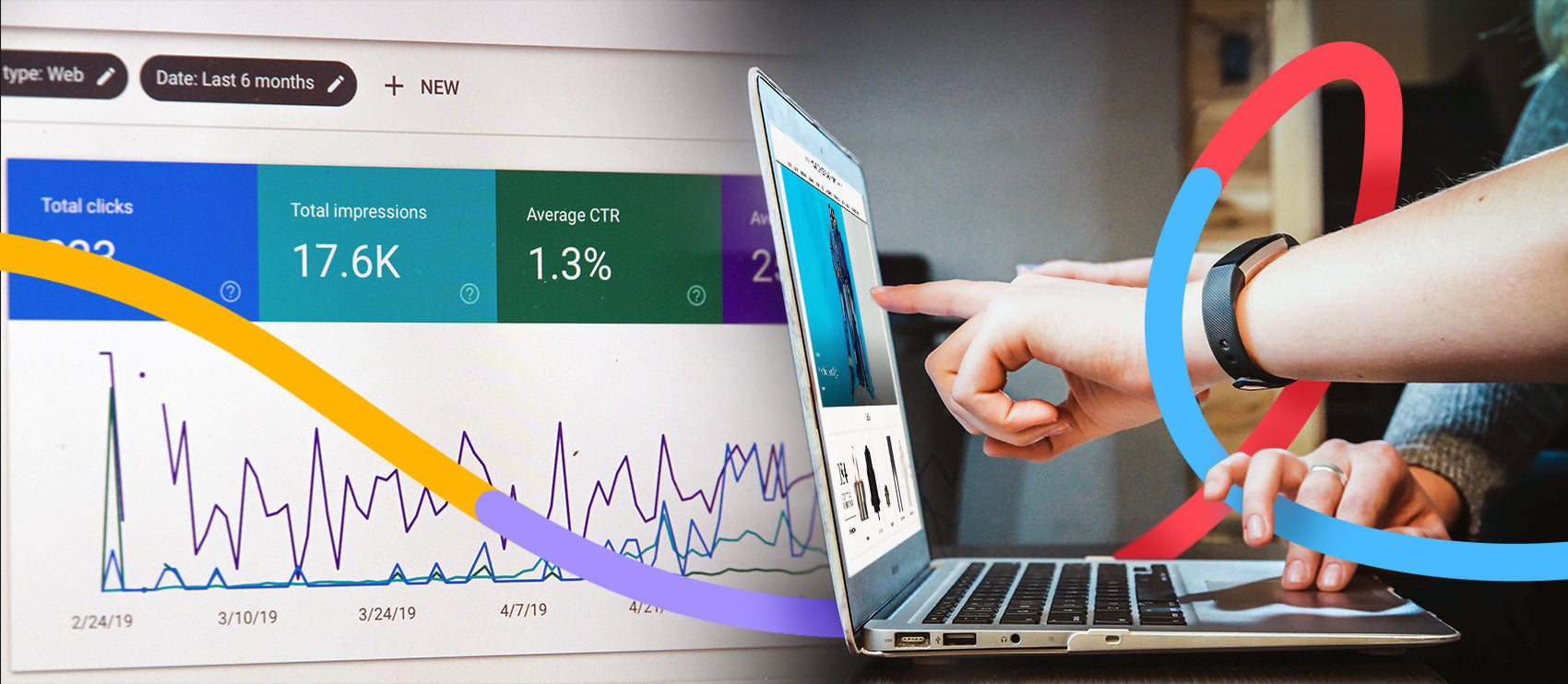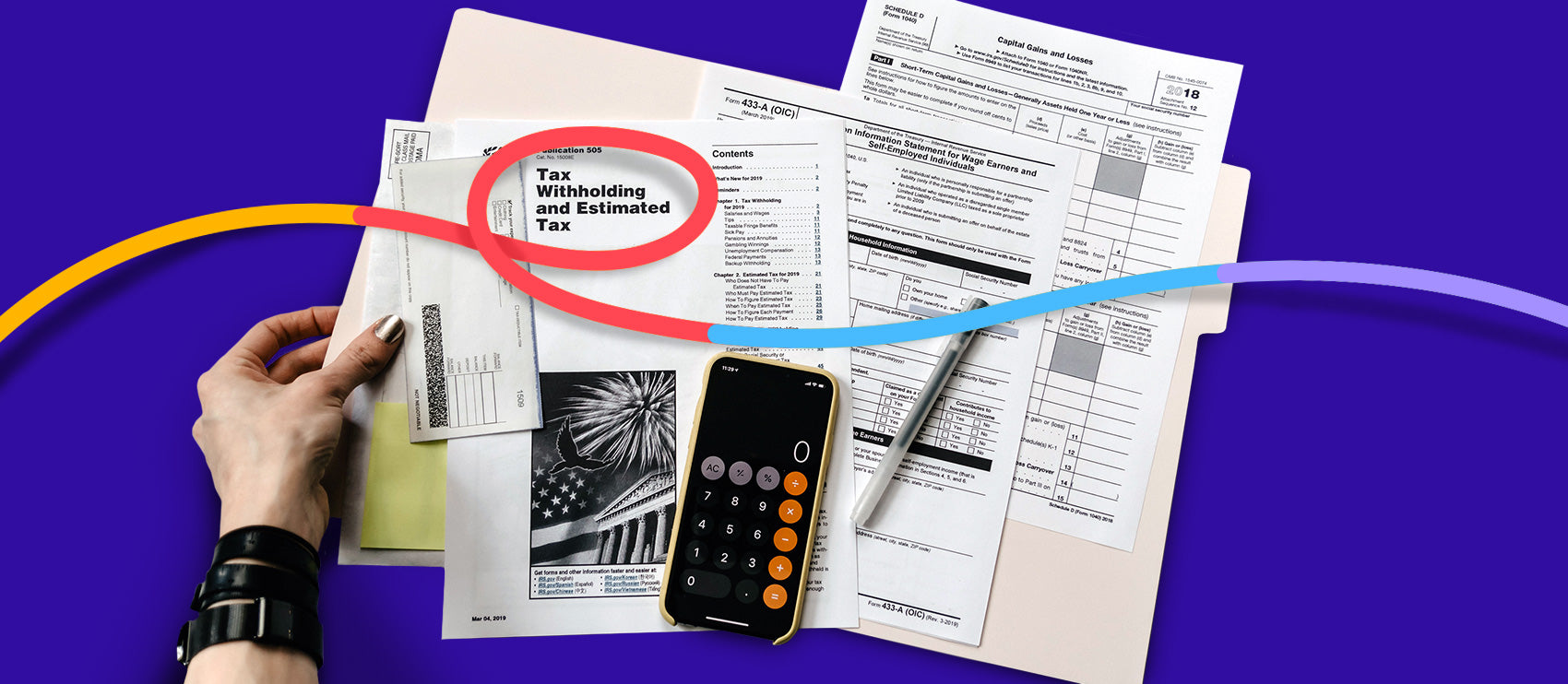Being a professional freelance photographer is appealing for many reasons. You choose the projects you take, control the creative process, lead the vision, and set your own rates.
But setting your own rates can be a double-edged sword: On one hand, you have a chance to ask for the pay you know you deserve. On the other, it can be stressful, and many photographers end up selling themselves short for fear of missing out on the project.
If you’re uncomfortable discussing money, you’re not alone. In the Acorns 2017 Money Matters Report, they found that nearly 70% of Americans would rather talk about weight than money.
Let’s take a look at some negotiation tips so you can close your next deal like the pro you are, at the rate you deserve.
Know and Charge Based on the Value to Your Client
One key difference between being a freelance and an in-house photographer is that you have the opportunity to charge clients based on the value your product (the photos) provides, rather than being paid by an employer for the amount of time you put in. That’s how Jimena Peck, Colorado lifestyle and editorial photographer, approaches her pricing negotiations.
“Understanding the always-changing photography market is key,” she says. “I try to really understand the needs of whoever is contacting me and be flexible to accommodate their needs while I control the price of my work.” Peck considers the type and size of the business, and what their budgets may be to help guide her pricing and negotiations.
If you’re trying to gauge the market, PetaPixel has some useful information about freelance photography rates from 2016:
- Semi-pro photographers with their first client: $50–$150/hour; $25–$125/image
- Professional photographers who have been paid for their work before: $75–$250/hour; $75–$250/image
- Top professional photographers with several years of experience and accomplishments: $200–$500+/hour; $250–$1,000/image
But, PetaPixel also points out that rates may change depending on the client — aligned with Peck’s advice above. Photography for a local business’s website, for example, would go for $25–$150/image.
It’s best to look at this information specific to your industry. For example, product photography and wedding photography are very different and thus the rates vary accordingly. Wonderful Machine has a great resource you can peruse to find rates that publications and businesses have been documented paying freelance photographers.
Reiterate Your Skills and the Quality of Your Work
Peck also advises emphasizing the level of your expertise to help in the negotiation process. “I make sure my clients understand, respect and value PROFESSIONAL photography instead of upcoming photographers,” she says. “It’s important to help them understand that many photographers can take good pictures but few can translate ideas and create great pictures from scratch.”
“Don’t waste time and efforts on clients who aren’t ready to work with professional photographers.” – Jimena Peck, Colorado lifestyle and editorial photographer
Establish Processes and Formalities
The more formal your quote and negotiation process, the less clients will think you price by the seat of your pants. “Customers don’t want to feel that you are making up prices as you go,” says Florida-based professional photographer Peggy Farren.
“Create a very professional-looking price list,” she says. “I’ve found that most customers don’t question the prices when they’re in a beautiful brochure. Along with the price list, I’ll send a formal proposal.” This level of professionalism has contributed to Farren’s thriving photography business.

“If a customer feels the price is too high, I can usually justify it with the details in the proposal,” she says. “I’m one of the more expensive photographers in our area, and I have no trouble finding work. People will pay for quality. Being confident and assuring the customer you know what you’re doing is extremely important.
Leave Wiggle Room, But Set a Base Rate
Farren also recommends leaving some space in your quote to allow for negotiations. “Have a little wiggle room in your prices, so you can provide a discount if you feel the need,” she says.
To do this, it’s important to determine what your minimum base rate is. You can also calculate how much it costs you to do business with this calculator from the NPPA.
Make Authentic Connections

Though this is business, at the end of the day, we’re all human. Establishing authentic interpersonal connections with prospects can help you subconsciously persuade them to agree to your proposal.
Rather than conducting back-and-forth over email, Farren has phone consultations with new clients, and sometimes these consultations are on-site. “I’ll find out exactly what they’re expecting and what they’re going to do with the pictures,” she says. “Then we’ll come up with a short list together during the consultation.”
This approach is both personable and professional, and leads may appreciate the time and 1:1 attention you’re giving them at the forefront. “The more specific to the customer’s needs, the better the proposal,” says Farren.
Outline Everything Included in Your Rate
Speaking of proposals, you’ll want to make sure you include everything that you’re providing, clearly outlining it all in ink. You know that there’s a ton of work that goes into producing the photos, and those final shots aren’t the only thing your client has to pay for.
“Aside from travel, equipment use, and shoot time, consider the time you’ll spend on post-production (AFTER the shoot is over),” says Olivia Baker. “Depending on the type of photography you're providing, some post-production can take much longer than others. In most cases, product photography takes much longer than lifestyle or portrait photography to edit.”
In terms of negotiating, if a prospective client is balking at your rates, consider reducing the deliverables. For example, maybe they can handle post-prod themselves, you can reduce the number of photos you provide, or you can give them fewer licensing privileges.
Be Willing to Walk Away
Perhaps the most common negotiation tip across the board is to avoid desperation and be ready to walk from the deal. Any time you’re in a desperate position, the negotiation scales are tipped in your prospect’s favor.
Let us look after your image edits, so you can get back to the fun stuff. Try Path free.




